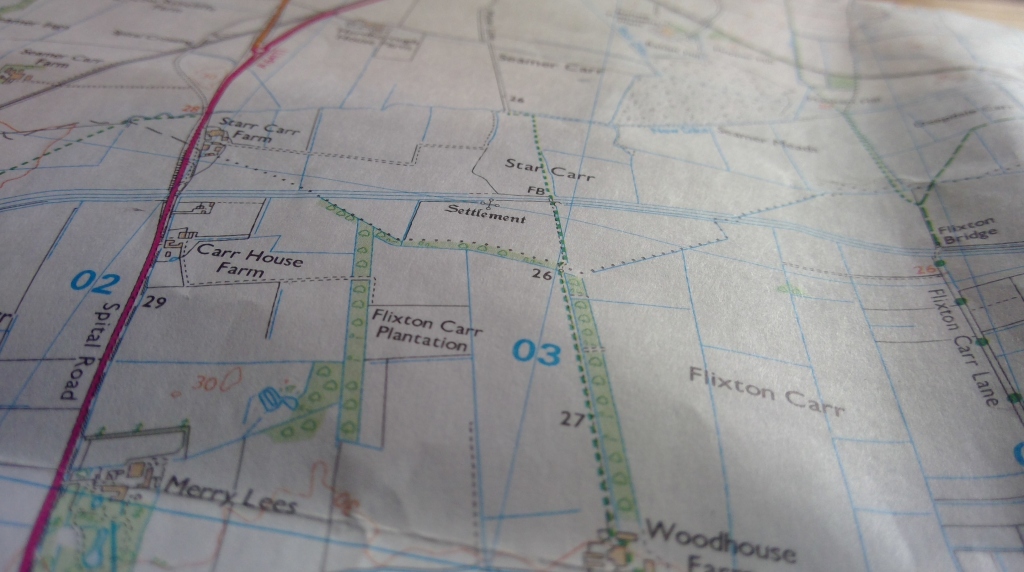
Carr is a habitat type which used to be much more abundant in the UK before intensive agriculture and drainage of land. It refers to a wetland habitat, generally wet woodland with willow and alder scrub in low-lying areas. Ecologists and botanists have very particular uses for terms like fen, carr, mire and bog but for most people they will be synonymous; referring to land that is waterlogged for some or all of the year.
They derive from a time when such wet ground was generally of little use – you couldn’t cultivate it, the ground was too wet for grazing animals much of the year etc. Possibly some firewood or peat could be cut, or sometimes reeds for thatching. This was true for centuries, until large-scale schemes to drain the fens and lowlands especially from the 1800 onwards.
‘Carr’ in particular derives from a Norse / Viking word for this type of land and as much of the east and north of England was settled by Viking invaders, there are lots of ‘Carr’ place names in Yorkshire, in flatter, low-lying areas. Star Carr is said to translate as ‘sedge bog’. Its near neighbours include Flixton Carr, Folkton Carr, Cayton Carr, Seamer Carr and Staxton Carr. These all relate to their nearest settlement, being local villages around the periphery of the peatland. Star Carr is perhaps the odd one out – there is no village called ‘Star’ but the name Star Carr refers to both the geographical area of land and the specific archaeological site of international repute.
Local farmers refer to these areas as ‘black land’ owing to the very dark carbon-rich soil. Indeed, the extremely high proportion of organic matter, over 90%, makes this land an important and oft-overlooked store of carbon, locked-away ten thousand years ago. The very ‘improvement’ of this land for agriculture by draining it causes its organic peat to decompose as soon as oxygen can get in. Rather like a sinking compost heap it slowly but surely shrinks lower as the organic matter is oxidised and CO2 released. This is why ditches and have to be dug prograssively deeper and older generations of land drains (such as lines of terracota pipes), once laid four feet or more deep become exposed at the surface.
There is more info on the Carrs Wetland Project website about land drainage, the River Hertford and peatland which go into more detail. Likewise Star Carr, the Mesolithic settlement site, now buried beneath the peat is described elsewhere on the blog. If you wish to read more about the long lost lake from which the Scarborough Carrs originate, look up Lake Flixton.

